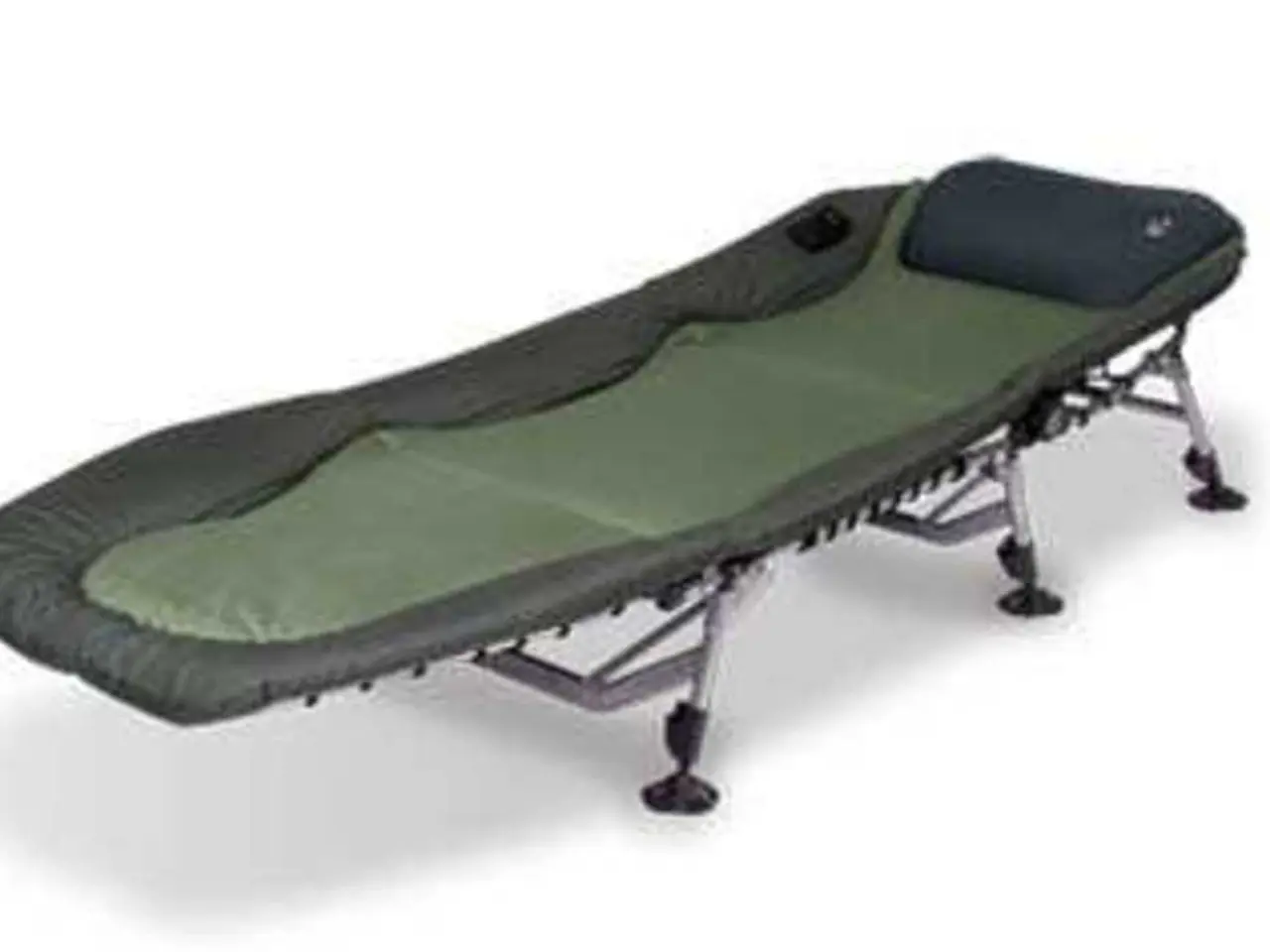Injured hamstring: Exploring remedies, healing processes, and potential reasons
In the world of sports and physical activity, injuries are an unfortunate reality. One common muscle injury that many people experience is a pulled hamstring. This article aims to provide a clear understanding of what a pulled hamstring is, how it occurs, and most importantly, how to prevent and treat it.
A pulled hamstring, also known as a hamstring strain, happens when one or more of the hamstring muscles are stretched or contracted beyond their limit, resulting in torn muscle fibers. This injury is particularly common in sports that involve sprinting or activities that stretch the hamstring, such as basketball, football, or gymnastics.
To diagnose a pulled hamstring, a healthcare professional will review symptoms, medical history, and conduct a physical examination. They will assess the muscle strength of the injured leg in comparison to the uninjured leg and evaluate the leg's range of motion. Imaging studies like X-ray or ultrasound may help rule out more serious injuries if suspected.
The symptoms of a pulled hamstring may include sudden, severe pain, a popping or snapping sound, swelling, noticeable bruising, and tenderness to the touch. If you experience any of these symptoms, it's crucial to seek medical attention to ensure proper diagnosis and treatment.
Prevention is always better than cure, and there are several strategies to reduce the risk of sustaining a pulled hamstring. Warming up thoroughly with dynamic movements before exercise is essential to keep muscles flexible. Gradually improving fitness levels and training intensity, avoiding sudden spikes, is also crucial. Strengthening the hamstrings, along with supporting muscles such as the glutes and core, is vital for proper biomechanics.
Including hamstring stretching—dynamic before and static after workouts—is another prevention tip. Proper sprinting and landing mechanics should be trained, and early signs of discomfort or tightness should never be ignored. Avoid exercising when tired or in pain to reduce injury risk.
Progressive conditioning programs, including interval speed training and weekly sprint workouts with gradually increased load, are effective in preventing hamstring injuries and re-injuries. Addressing any related injuries and correcting hip imbalances (like tight hip flexors or weak glutes) plays a critical role in hamstring injury prevention.
Treatment for a pulled hamstring depends on its severity. Most people heal with nonsurgical treatment, which includes the RICE method—rest, ice, compression, elevation, and in some cases, medications like over-the-counter anti-inflammatory drugs. For more severe pulled hamstrings, immobilization, physical therapy, and in extreme cases, surgery may be necessary.
Recovery time varies depending on the grade or severity of the strain, a person's age, and their overall health. Estimated recovery timelines are 3 weeks for Grade 1, 4-8 weeks for Grade 2, and 3 months for Grade 3.
The hamstrings are a group of muscles in the back of the thigh that allow the hip and knee joints to bend and enable movement. The hamstring consists of four muscles: semimembranosus, semitendinosus, long head of the bicep femoris, and short head of the bicep femoris.
By following these prevention tips and seeking prompt treatment when necessary, you can significantly reduce the risk of sustaining a pulled hamstring and ensure a speedy recovery should an injury occur. Remember, prevention is always better than cure!
[1]: Source for prevention tips [2]: Source for dynamic warm-up [3]: Source for progressive conditioning programs [5]: Source for hip posture and hamstring injury prevention
- chronic-kidney-disease and mental-health are not typically related to muscle injuries like pulled hamstrings, but maintaining overall health and wellness through a balanced diet (nutrition) and regular fitness and exercise can help prevent chronic-diseases and improve mental-health.
- In addition to traditional treatments for a pulled hamstring, some people turn to alternative therapies like CBD for pain management and inflammation reduction.
- Accident and falls can also lead to muscle injuries, and it's essential to maintain a strong core and proper fitness-and-exercise mechanics to minimize the risk of falls and subsequent injuries.
- Medical-conditions like chronic-kidney-disease can affect muscle health and recovery, making it crucial to consult a healthcare professional if any unusual symptoms arise during the recovery process.
- A well-rounded fitness routine should address not only muscle-pain prevention but also include exercises for flexibility, balance, and mental-health, such as yoga or Pilates, to promote all-around health and wellness.





